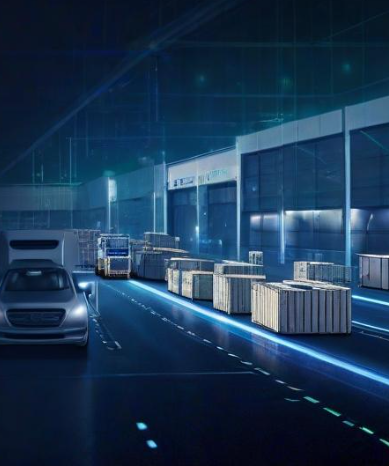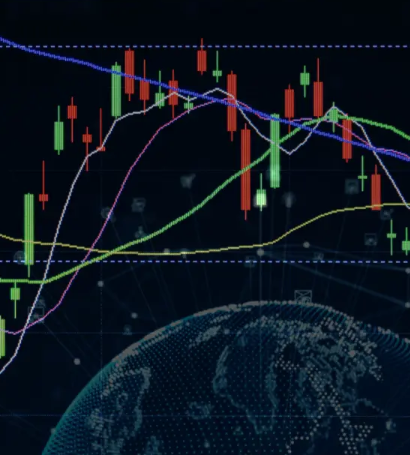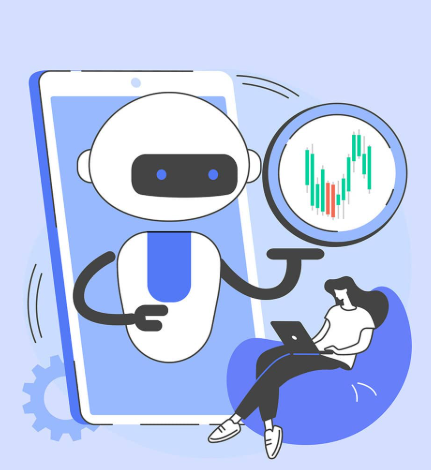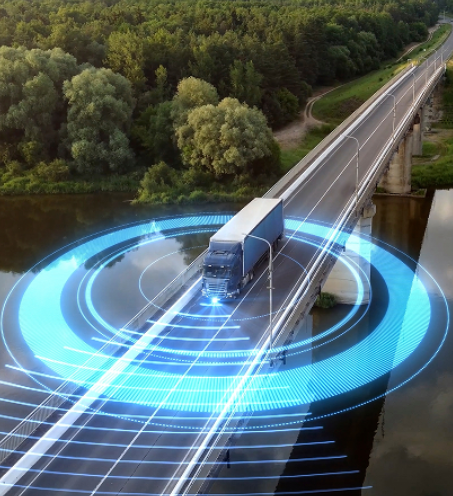Revolutionizing Customs Clearance: How AI is Streamlining Global Logistics

Customs clearance is a crucial aspect of global trade, ensuring the smooth flow of goods across borders. However, the complexities involved, such as managing paperwork and complying with diverse regulations, often cause delays, added costs, and confusion. Traditional methods of customs clearance are slow and prone to errors, which can impact business operations and the economy. But with the rise of Artificial Intelligence (AI), the process is being revolutionized, offering faster, more accurate, and efficient solutions. Let’s dive into how AI is transforming customs clearance and why it’s becoming an essential tool for the future of logistics.
The Challenges of Traditional Customs Clearance
Customs clearance has long been plagued by a series of challenges that can disrupt trade efficiency. These include:
- Complex Regulations: Each country has unique rules, tariffs, and taxes for imports and exports, creating a confusing and time-consuming process for businesses to navigate. Staying updated on these changes requires substantial effort and expertise.
- Manual Processes: Much of the customs clearance process still relies on paperwork and manual data entry. This can lead to errors, delays, and inefficiencies, ultimately slowing down the process and increasing costs.
- Risk of Delays: Mistakes in documentation or misclassification can cause shipments to be delayed or held by customs. These delays not only affect delivery times but also incur additional costs like storage fees and fines.
- Lack of Visibility: Without real-time tracking and accurate data processing, businesses struggle to monitor their shipments, creating uncertainty for both companies and customers.
Given these challenges, it’s clear that customs clearance needs a more modern, efficient, and accurate approach, which is where AI comes in.
The Advent of AI in Customs Clearance
AI is significantly improving the efficiency and accuracy of customs clearance. By integrating machine learning, natural language processing, and advanced data analytics, AI streamlines many tasks that were once manual and error-prone. Here’s how AI is making a difference:
Automating Documentation and Verification
AI-powered systems can now automatically extract and verify information from customs documents, reducing the need for manual data entry and minimizing the risk of errors. Machine learning algorithms can analyze vast datasets, including product classifications and historical shipment information, to ensure that goods are correctly declared and compliant with customs regulations. This not only speeds up the process but also increases accuracy, reducing the chances of discrepancies that could delay shipments.
Risk Assessment and Targeted Inspections
AI systems can assess risks in real time by analyzing various data sources such as shipment history, product origins, and even the track record of the importer. This allows customs officials to focus their efforts on high-risk shipments while fast-tracking low-risk goods. By automating risk analysis, AI helps customs authorities improve security and compliance without slowing down the overall clearance process.
Machine Learning and Natural Language Processing
AI leverages machine learning to learn from past data and predict potential issues in future shipments. It can also use natural language processing (NLP) to understand and process unstructured text in invoices, certificates, and shipping documents. This makes AI a valuable tool in interpreting and extracting relevant information, even when it’s embedded in complex or varied formats.
Benefits of AI in Customs Clearance
The integration of AI into customs clearance brings numerous benefits that are reshaping the logistics industry:
- Improved Efficiency: AI can handle vast amounts of data at unprecedented speeds, greatly reducing the time required to process customs documents. Automation of routine tasks speeds up clearance times, leading to faster deliveries.
- Greater Accuracy: AI technologies ensure that all documents are properly processed, goods are classified correctly, and tariffs are applied accurately. By analyzing historical data, AI systems can also spot patterns and anomalies, preventing mistakes that could lead to fines or shipment holds.
- Enhanced Risk Management: AI’s ability to analyze risk factors—such as the origin of goods or the reliability of the importer—allows customs officials to focus on high-risk shipments. This targeted approach enhances both security and efficiency in the clearance process.
- Cost Savings: Automating customs clearance reduces the need for manual labor, which in turn lowers operational costs. Additionally, by preventing errors and reducing delays, AI helps businesses avoid costly fines, storage fees, and other penalties.
Challenges and Considerations
Despite the many advantages, there are some challenges to implementing AI in customs clearance:
- Data Privacy: Handling large volumes of sensitive data raises privacy concerns. Ensuring that AI systems comply with privacy regulations such as GDPR is essential for maintaining trust and protecting sensitive information.
- Need for Skilled Personnel: The successful integration of AI requires specialized knowledge in data science, machine learning, and AI programming. Businesses and governments must invest in training staff or hiring skilled personnel to make the most of AI technologies.
- International Standardization: Customs clearance is a global process involving multiple countries. For AI to be effective, there must be international collaboration and standardization of practices. Common protocols for data sharing and AI integration are essential for a smooth and consistent experience across borders.
- Regulatory and Ethical Issues: As AI takes on more decision-making roles, ensuring that systems operate transparently and without bias is crucial. Establishing clear guidelines for AI’s role in customs clearance will help maintain fairness and accountability.
Conclusion
AI is revolutionizing customs clearance by making the process faster, more accurate, and cost-effective. From automating routine tasks to enhancing risk management and improving document processing, AI offers significant benefits for businesses engaged in international trade. However, challenges such as data privacy concerns, the need for skilled personnel, and international collaboration need to be addressed for AI to reach its full potential in customs operations. As AI technology continues to evolve, it promises to play an increasingly vital role in streamlining global trade and improving the efficiency of international logistics.




